File Switch Protocol is an older networking protocol for transferring information to community servers. Here is how you can apply it to your Mac.
We beforehand lined the Terminal-based SCP protocol, which lets you securely copy information over a community.
How one can Use SFTP and rsync for File Transfers in macOS lined how you can use SFTP and rsync – a UNIX backup and restore software.
There’s one other older protocol referred to as File Switch Protocol (FTP), which lets you switch information to and from net servers.
FTP is basically thought-about out of date (and insecure) as a result of it exchanges each login and file data in plain textual content — which is a safety danger. Anybody outdoors your community (or a menace actor on the within) can snoop on an FTP communication session to steal passwords and knowledge.
FTP can be secured utilizing SSL/TLS net encryption (FTPS), however even this is not thought-about a greatest follow anymore.
In the event you nonetheless want to hook up with an old-school FTP server, there are a number of apps for macOS that you should utilize. Each third-party FTP GUI apps and a built-in command-line (CLI) ftp software within the macOS Terminal can be found.
You can too hook up with some FTP servers within the macOS Finder.
Till just lately FTP was included in most net browsers utilizing the ftp:// URL prefix, however many trendy browsers together with Firefox have dropped help for the FTP protocol.
FTP Historical past
FTP servers are built-in into most typical net servers, comparable to Apache from the Apache Basis, and others. The FTP server daemon runs within the background on the server, listening for incoming connections and file switch requests.
The unique FTP specification was printed in RFC 11 in April 1971. Earlier than TCP/IP and the web grew to become popularized, FTP ran on the ARPANET’s Community Management Protocol (NCP).
ARPANET was the precursor to the fashionable web developed by the Dept. of Protection Superior Analysis Tasks Company (DARPA). In reality, the web took place as a result of the Dept. of Protection needed a military-grade communications community that would survive a nuclear assault.
The official begin of the fashionable TCP/IP web commonplace started on Jan. 1, 1983, when your complete ARPANET modified from NCP to TCP/IP.
This was earlier than graphical person interfaces, and most FTP was carried out on UNIX text-based terminals utilizing the CLI ftp command, which remains to be round in macOS immediately.
Connecting with FTP
When an FTP shopper makes a request, the server checks the authentication particulars, and if legitimate permits the person to attach. As soon as linked, customers can view listing contents, add, obtain, and delete information.
Normally, a textual content username and password are despatched to the server, however in lots of FTP shoppers it is potential to arrange PKI keys to regulate login.
Keys are way more safe as a result of until somebody has stolen the person’s non-public key from their laptop, it is practically not possible to crack PKI keys as a result of they’re strongly encrypted.
In GUI FTP shoppers, you join both by indicating your public key file in your Mac or by getting into a username and password into the app’s authorization pane.
We’ll get to varied GUI shoppers in a second.
CLI command
You may see how you can use the CLI model of FTP within the Terminal app by operating Terminal from the /Utilities folder, then typing man ftp and urgent return.
FTP downloads utilizing the CLI get despatched to the current working listing in your Mac in Terminal, until you specify one other vacation spot.
You may view the current working listing or pwd in Terminal utilizing the pwd command.
The CLI additionally allows you to specify the supply server, a vacation spot location, and which information or folders to obtain. In the event you obtain a folder, its complete contents get downloaded until you specify in any other case.
Third-party FTP shoppers for Mac
GUI FTP shoppers have been round on the Mac for the reason that early 1990’s. Again then, Apple shipped its personal FTP shopper app referred to as Cyberdog, which got here out across the time the web grew to become mainstream.
At the moment, there are nonetheless a number of of those identical FTP shoppers round. Most distributors of Mac FTP apps have left the sector, on account of its growing obsolescence, however a number of are left.
So as of recognition, the highest Mac FTP shoppers immediately are:
- Transmit by Panic ($45, free demo)
- FileZilla (free, plus a paid Professional model)
- Fetch ($29, free demo)
- Cyberduck ($10 with a free demo)
- Forklift from Binary Nights
- CloudMounter ($29 single, $99 crew)
- Terminus (SFTP)
- Commander One
https://panic.com/transmit/
There are a number of different shopper apps obtainable immediately, each for obtain on the net, and from the Mac App Retailer.
Transmit, FileZilla, Forklift, and CloudMounter are all obtainable on the Mac App Retailer in addition to from the writer’s websites.
Transmit, Cyberduck, and CloudMounter may also hook up with a wide range of cloud file storage providers. They help Amazon S3, Microsoft Azure, Google Drive, Dropbox, Backblaze, and others.
Cyberduck and CloudMounter help varied different cloud providers comparable to OpenStack Swift, Field, and Information.com.
Cyberduck additionally options an elective element that lets you mount any FTP server or listing as a networked disk on macOS’s Desktop. As soon as linked, you’ll be able to browse, add, and obtain information to a distant server simply as if it was an area disk.
You can too do that within the macOS Finder in some circumstances (as we are going to see under).
Mountain Duck supplies some extra options over plain Finder connections.
Set protocol, server identify, person, and password, and Passive Mode in Transmit’s connection window.
Transmit and Fetch are thought-about the 2 unique Mac GUI FTP shoppers as a result of they got here out method again within the Nineties on Apple’s Mac OS 9, when the web grew to become widespread. Fetch truly got here out in 1989, when macOS was referred to as System 7.
Each Transmit and Fetch are nice apps, however in our opinion, Transmit is the gold commonplace. It additionally has essentially the most polished and seamless person expertise.
FileZilla is taken into account the free commonplace for FTP on each Mac and Home windows. It has lots of options, however the UI is taken into account rather less refined than different Mac FTP apps. FileZilla can also be open-source.
One good function of FileZilla is the verbose connection log pane as you join (which you’ll be able to conceal or present). As your Mac connects to the distant server, this pane shows an in depth connection log.
If one thing goes unsuitable throughout connection, you’ll be able to see precisely what the issue is within the log pane.
ForkLift may also act as an area dual-pane native file browser so you’ll be able to view each native information in your Mac and distant FTP servers in the identical window.
Terminus is an SFTP app, but in addition contains a Terminal-like command line interface utilizing SSH as nicely.
Commander One is an FTP shopper which additionally contains a dual-pane file browser.
Connecting to FTP within the Finder
In macOS’s Finder you hook up with an FTP server through the use of the Go->Connect with Server menu merchandise within the Finder’s menu bar on the prime of the show. Enter an FTP server identify or handle utilizing the ftp:// protocol.
If the server is reachable, you may be given a affirmation alert. Click on Join.
If one thing went unsuitable, you may see an alert saying the server is unreachable. In that case, verify your connection particulars and check out once more.
The server will immediate you with an alert asking for a reputation and password, or if you wish to join as a visitor. Most FTP servers do not enable visitors, however some do.
If you wish to join as a visitor, click on the Visitor radio button. In any other case, click on Registered Person and enter your identify and password.
Visitor entry normally does not require a reputation or password to attach.
If all goes nicely, you may be linked. The FTP server will mount as a disk icon on the Finder’s Desktop, and a brand new Finder window will open for the amount.
Mounted FTP volumes look similar to native disk icons on the Desktop, besides they’ve a metallic silver icon exhibiting a number of customers on it.
Some FTP servers enable nameless connections – ones by which generic credentials are used, as a substitute of an actual identify and password. On these servers, it is typical to enter “nameless” because the person, and your electronic mail handle because the password.
Nameless FTP servers will normally settle for any electronic mail handle, so you can also make one up in the event you like. The formality is not required to attach.
Some nameless FTP servers solely enable downloading information, with particular “incoming” or “uploaded” folders set with write permissions for customers to add new information for the server admin to try.
If a folder on the server might be uploaded to, the small lock icon within the window’s decrease left nook shall be lacking. Within the picture proven above, the listing is read-only as indicated by the small pencil with the road by it within the decrease left nook.
As soon as you’re linked, you’ll be able to obtain and add information and folders to a server’s listing just by dragging information and folders out and in of the window to your Mac’s Desktop. A normal file copy progress window will seem because the information are transferred.
FTP is an older protocol, however many net servers nonetheless use it. It is good to know alternative ways to attach within the occasion it is advisable switch information.


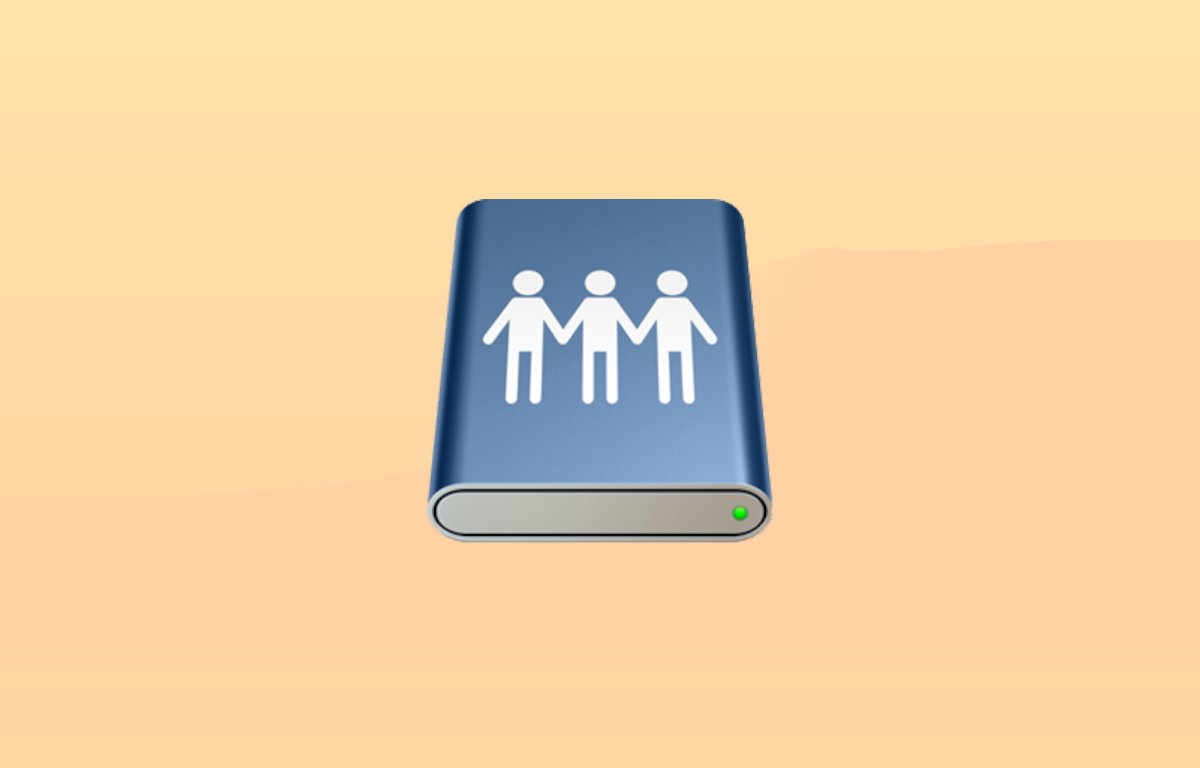
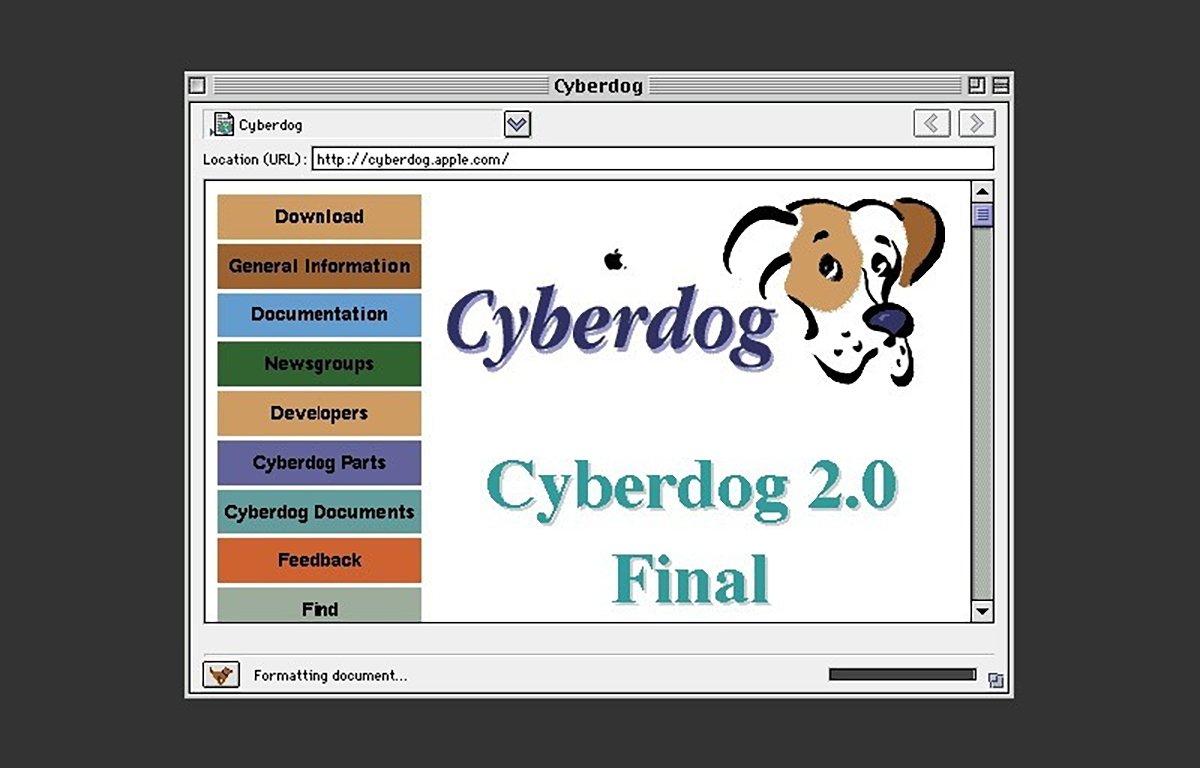
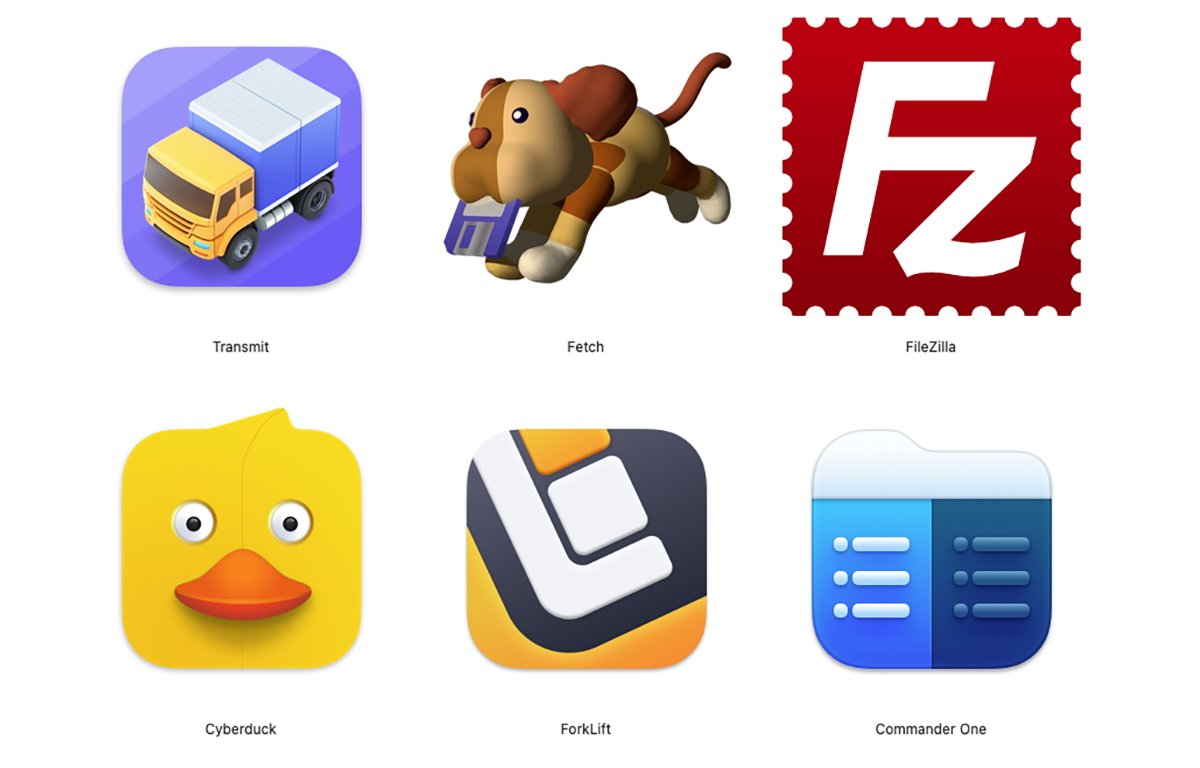
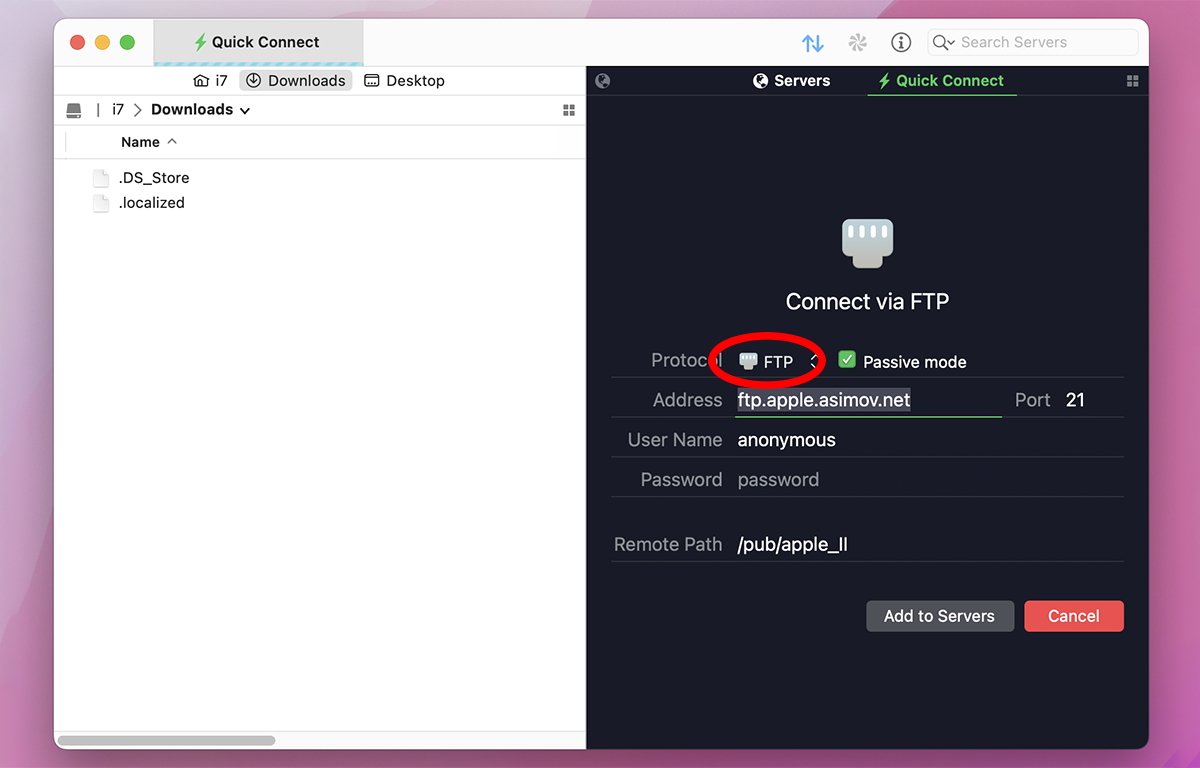
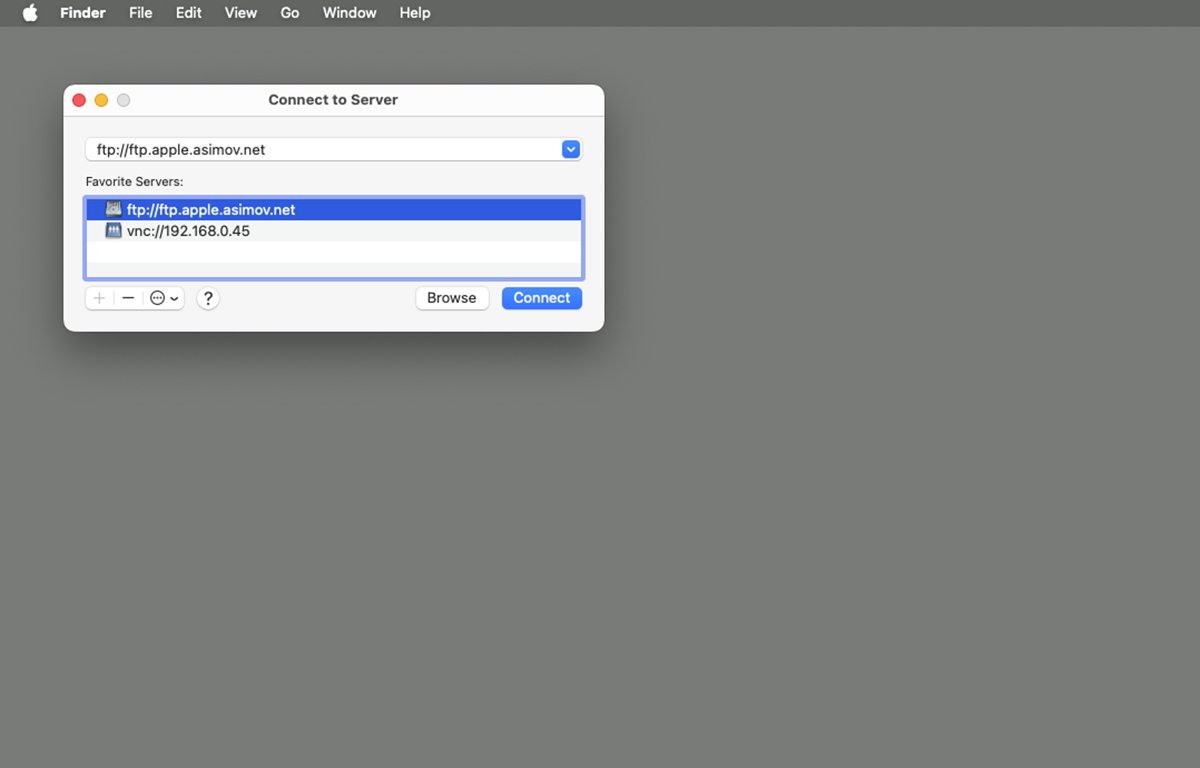
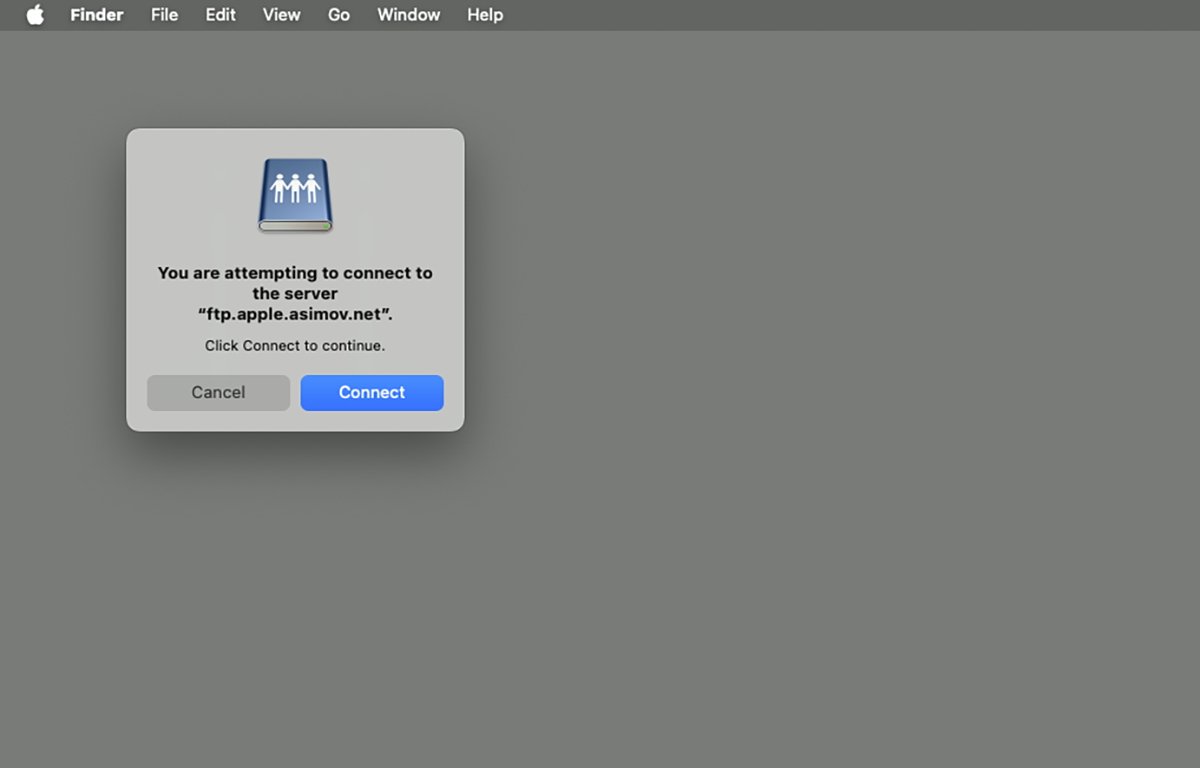
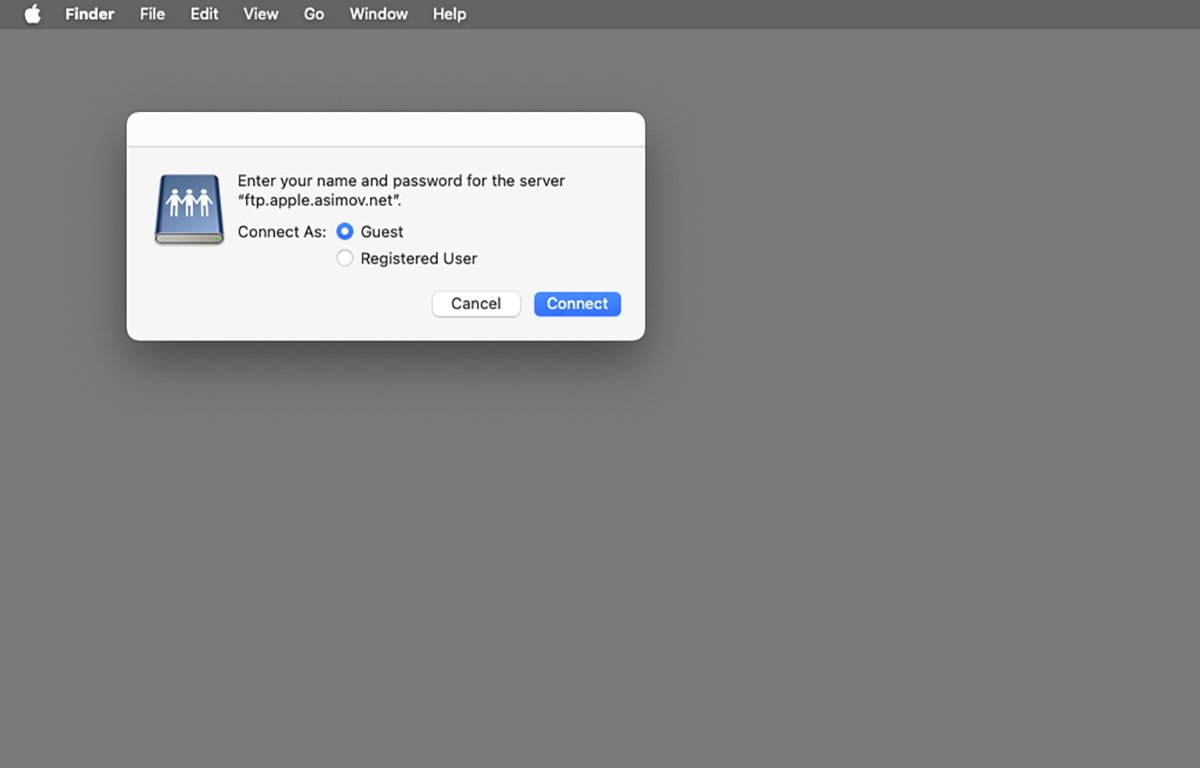
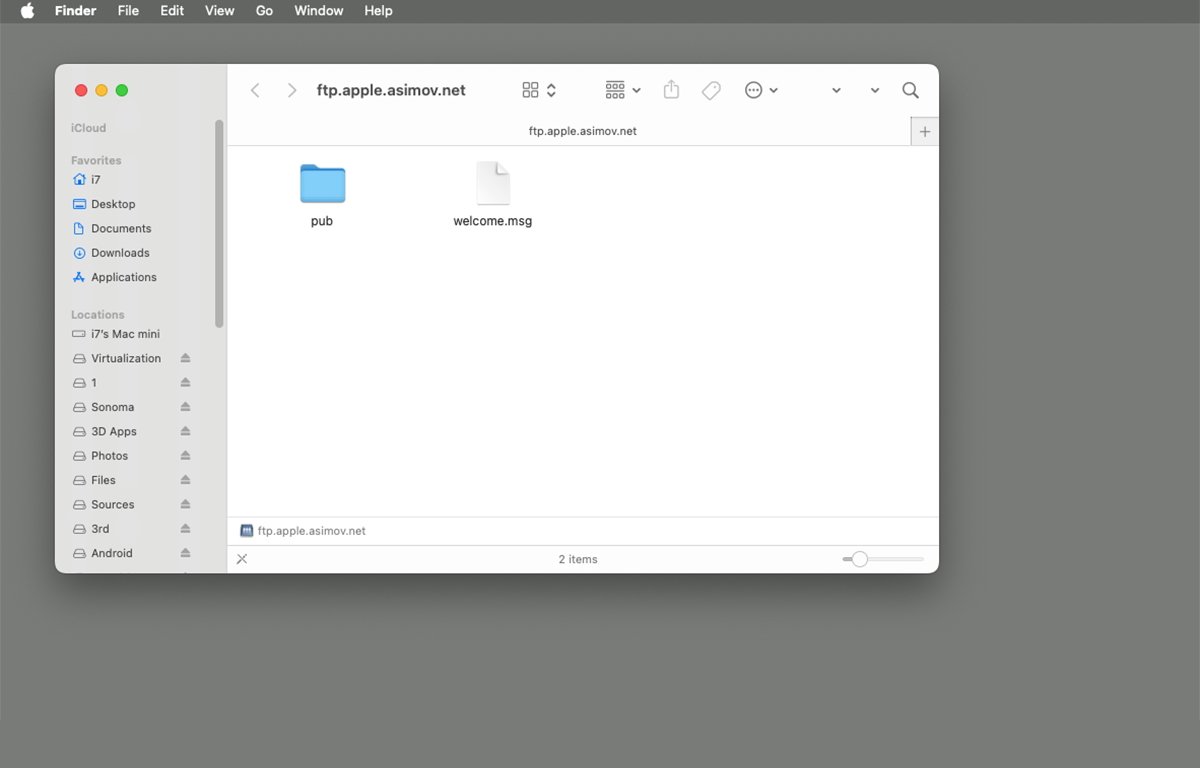









Leave a Comment